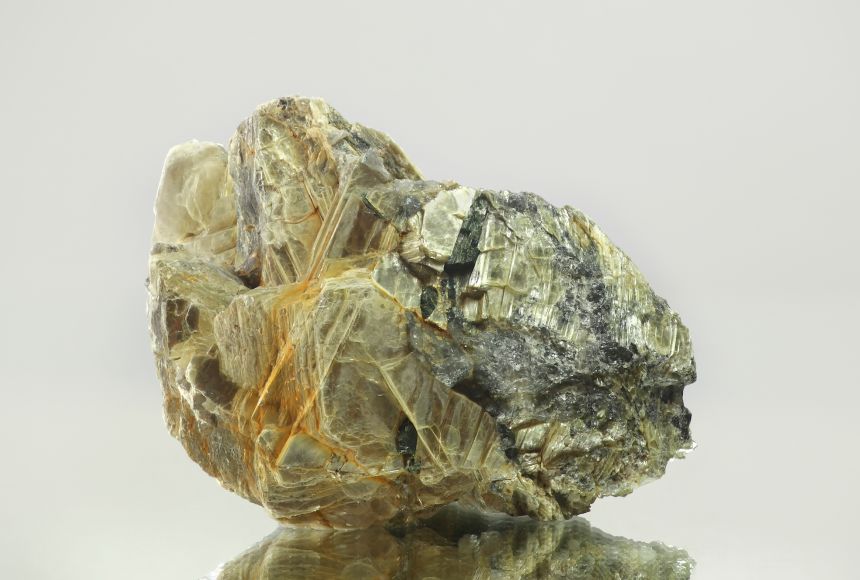Unveiling the Secrets: How to Distinguish Crystals from Ordinary Rocks

Crystals have captivated human fascination for centuries with their mesmerizing beauty and metaphysical properties. However, differentiating a crystal from an ordinary rock can be a challenging task for many. In this comprehensive guide, we will delve into the key characteristics and techniques to help you identify whether a rock is a crystal or not. By understanding the intricate details and employing scientific methods, you will be able to unlock the hidden world of crystals.
- Crystal Structure:
One of the fundamental aspects of identifying a crystal is its unique atomic arrangement. Unlike ordinary rocks, crystals possess a highly ordered and repeating pattern of atoms, resulting in a symmetrical structure. This internal arrangement gives rise to their characteristic geometric shapes, such as cubes, pyramids, or prisms. By examining the external form of a rock, you can often discern the presence of a crystal. - Transparency and Clarity:
Crystals are renowned for their transparency and clarity, allowing light to pass through and revealing their inner beauty. Unlike opaque rocks, crystals exhibit varying degrees of transparency, ranging from transparent to translucent. Hold the rock up to a light source and observe if it allows light to pass through. Additionally, crystals tend to have a distinct clarity, devoid of impurities or visible fractures. - Color and Luster:
Color can be a valuable indicator when determining whether a rock is a crystal. While crystals come in a myriad of hues, they often exhibit vibrant and intense colors due to the presence of trace elements. Moreover, crystals possess a unique luster, which refers to the way light reflects off their surface. They can display a range of lusters, including vitreous (glass-like), metallic, pearly, or even resinous. - Cleavage and Fracture:
Cleavage and fracture characteristics provide further insights into the nature of a rock. Crystals tend to have distinct cleavage planes, which are smooth, flat surfaces along which they break when subjected to external forces. These planes are a result of the crystal's atomic structure. On the other hand, ordinary rocks often exhibit irregular and rough fractures, lacking the well-defined cleavage patterns of crystals. - Hardness:
The hardness of a rock is a crucial factor in distinguishing crystals from ordinary rocks. Crystals, such as quartz or diamond, are known for their exceptional hardness. The Mohs scale of mineral hardness can be employed to determine the relative hardness of a rock. By comparing the rock's resistance to scratching against known minerals on the scale, you can assess whether it is a crystal or not.
Conclusion:
Identifying crystals amidst a sea of ordinary rocks requires a keen eye and a scientific approach. By considering the crystal structure, transparency, color, luster, cleavage, fracture, and hardness, you can confidently determine whether a rock is a crystal or not. Embrace the enchanting world of crystals and unlock their hidden powers by mastering the art of identification.





